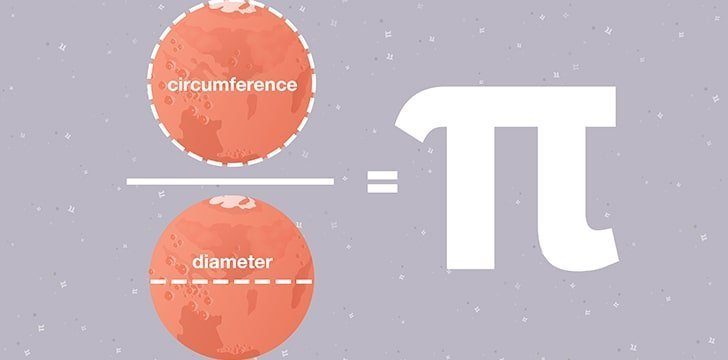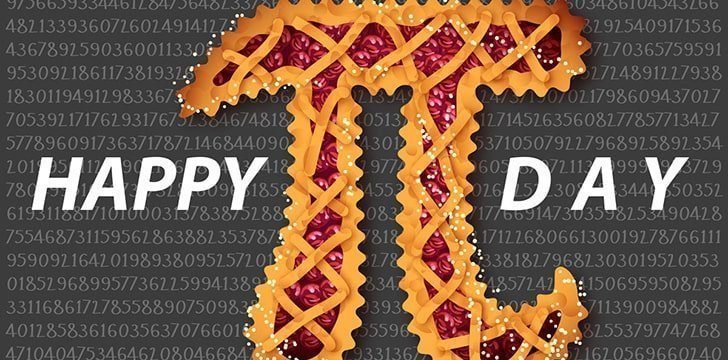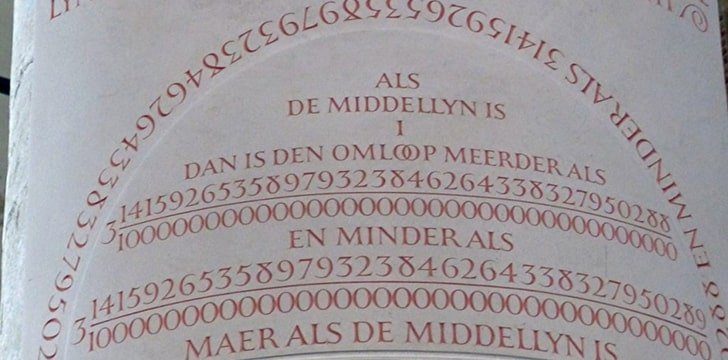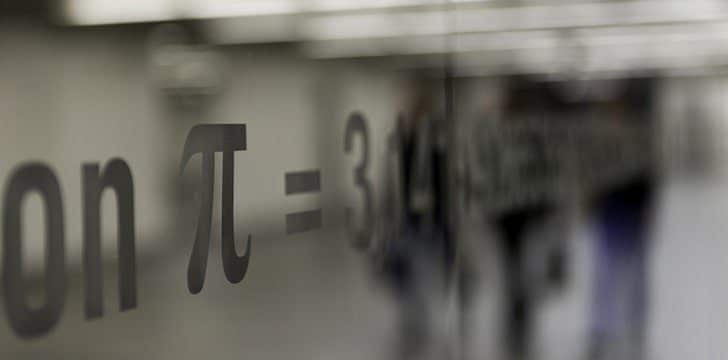To many people, particularly those who aren’t familiar with mathematics, or stopped studying years ago, pi can seem pointless, unnecessary, and confusing.
Let’s take a deeper look at pi, where it came from, and why it’s so often used in mathematical calculations.
What does pi actually mean?

First of all, let’s consider what pi actually means and why it is used in mathematics.
The number equivalent to pi, 3.142 to three decimal places, is the number that you get when the circumference is any circle is divided by its diameter.
This will be the case regardless of the size of the circle you are using.
Therefore, pi can be used to help with a range of calculations, including working out the length of a circle’s diameter or the length of its circumference.
Although pi is equal to 3.142 when rounded to three decimal places, it doesn’t stop there.
Pi, or the ratio of a circle’s circumference to its diameter, is not a rational number neither is it a recurring decimal e.g. 0.3333…, meaning there are an infinite number of digits after the decimal point.
Where does pi come from?

Like many symbols, equations and calculations, there is a history behind its use and discovery.
A considerable amount of time spent studying pi was used to increase the accuracy of pi and its digits.
Historians and mathematicians believe that pi was known 2000 years B.C., and the Egyptians and Babylonians were aware of it and its uses.
Later on in ancient Greece, Archimedes was able to improve on the accuracy of pi, and by the early 1900’s, the first 500 digits had been discovered.
Advances in technology and mathematical studies mean that in the 21st century, more than 6 billion digits of pi are now known.
Celebrating pi around the world!

Pi is quite special in the world of science, math and numbers. March 14th has become known as “Pi Day,” where many people around the world eat pie to celebrate this fascinating number.
With billions of digits of memorize, it’s not surprising that pi has become a challenge to many of those attempting to beat a world record.
Rajveer Meena, from India, has held the world record as of 2015, reciting 70,000 digits.
Lu Chao, from China, has previously held the record from 2005-2015 after reciting 67,890 digits of pi.
He had beaten the 1989 world record holder, Hideaki Tomoyori from Japan, who recited 40,000 digits.
Outside the Mathematics Building and the Technical University of Berlin, one of the world’s most notable technology universities, there is a mosaic which forms parts of the concrete pathway and depicts the symbol pi.
Famous figures & their part in the development of pi.

Ludolph van Ceulen (1540-1610), a Dutch-German mathematician, spent most of his life trying to calculate the digits of pi.
In 1596, he published a book which contained a total of 20 digits of pi.
He later calculated 15 more digits, increasing this to 35 digits.
His huge contribution to the discovery and calculation of pi resulted in pi also being known as the “Ludolphine number.”
Van Ceulen was buried in Leiden, where pi with its 35 known digits was engraved on his headstone.
William Jones (1675-1749), a Welsh mathematician, was the author of several books and works, including for beginners of mathematics.
In a 1706 publication catered for beginners, he used pi to explain the ratio of a circle’s circumference to its diameter.
Leonhard Euler (1707-1783), a Swiss mathematician, physicist and engineer, is often credited as promoting the use of pi in the world of mathematics.
He introduced other symbols for functions and logarithms, and used pi in two of his books, helping to popularize its use.
Isaac Newton (1642-1727), an English mathematician, also played an important role in developing pi, especially in terms of advancing the accuracy and number of digits which were known.
In 1666, Isaac Newton used an arcsin series, or inverse trigonometry, to calculate the first 15 digits of pi.
This was done after the discovery of calculus by Isaac Newton and German mathematician Gottfried Wilhelm Leibniz.
The future of pi.

Although there are approximately 6.4 billion digits of pi now known, there are still more to discover.
While it is accepted that enough digits of pi are now known to ensure calculations are as accurate as possible, who knows what the future holds and how many digits of pi may be discovered in another hundred years from now?
Comments
Post a Comment